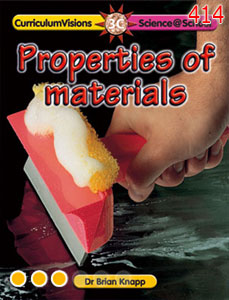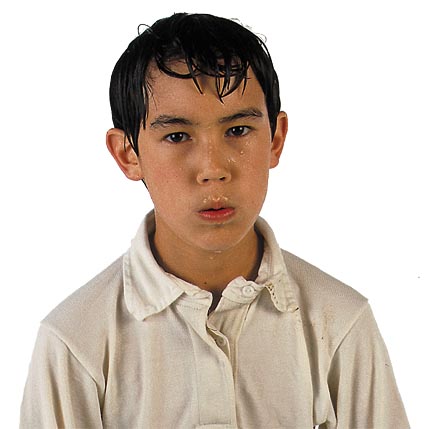An absorbent material has small holes in it. When a liquid, such as water, comes into contact with a material with tiny holes in, such as paper or a sponge, the liquid is drawn into the tiny holes. It spreads out through the material using the holes. An absorbent material can even draw a liquid upwards. If you put a sponge or dishcloth on top of some water on a kitchen surface the water will go up into the absorbent material.
We use absorbent materials to soak up spills and for drying up. Kitchen towels (both cloth and paper) are absorbent. We use them for drying the washing up and for drying ourselves after a bath or a shower. Cotton wool is another absorbing material. It is used in bandages to absorb blood from a wound. A material called oasis is used to absorb water in a plant display, and pass it on to the plants.
Absorbent materials can be a problem. For example you do not want to be caught in a shower of rain when you are wearing absorbent materials. They will hold on to the water, making you feel wet and cold. Bricks absorb a little water. Those at the bottom of a wall absorb water from the ground. If this water moved up the wall and into the building it could cause damp walls. The water is stopped by placing a non-absorbent material between layers of bricks near the bottom of the wall. You may see this material as a black line in the cement low down in a wall. It is called a damp-proof course.




